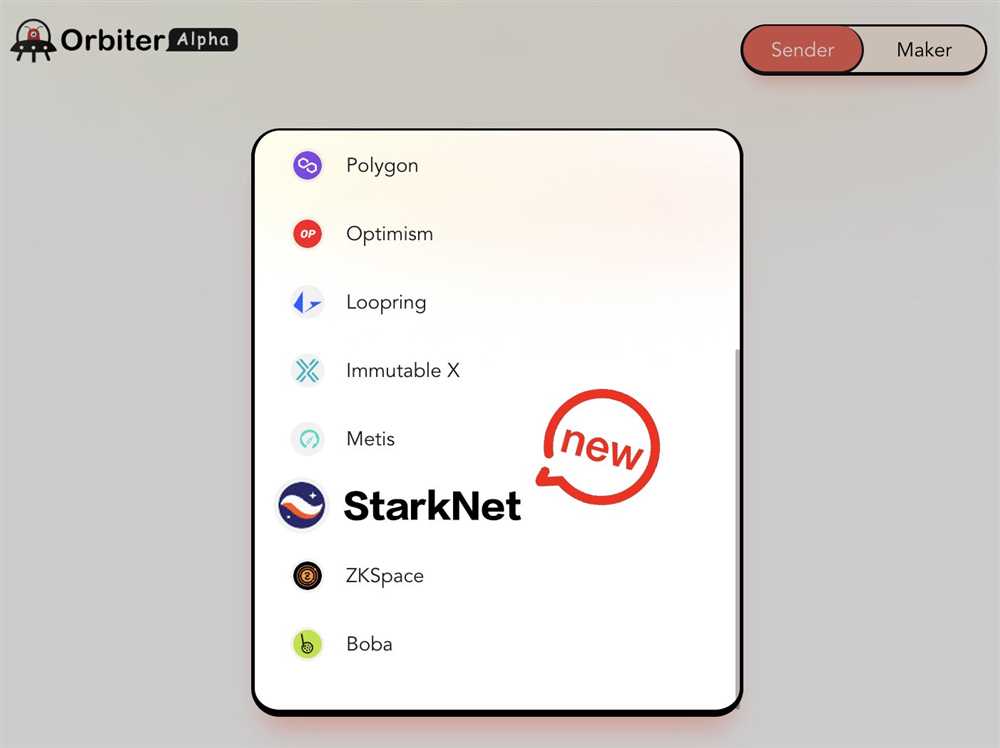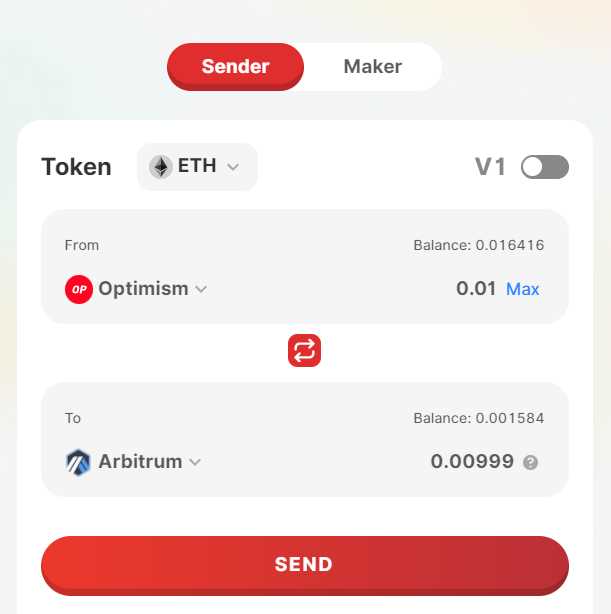
Ethereum, zkSync, Arbitrum, and Polygon: Orbiter Finance’s Multichain Integration

Orbiter Finance, a leading decentralized finance (DeFi) protocol, has recently announced its multichain integration with Ethereum, zkSync, Arbitrum, and Polygon. This groundbreaking collaboration brings a new level of scalability, speed, and cost-effectiveness to Orbiter Finance’s platform, allowing users to enjoy a seamless and enhanced DeFi experience.
With the explosive growth of the DeFi ecosystem, scalability has become a key challenge for Ethereum. Orbiter Finance’s decision to integrate with multiple Layer 2 solutions highlights their commitment to addressing this challenge and providing users with a high-performance platform. By leveraging zkSync, Arbitrum, and Polygon, Orbiter Finance aims to offer fast transaction speeds and significantly reduce gas fees, making DeFi accessible to a wider audience.
zkSync, developed by Matter Labs, is a Layer 2 scaling solution for Ethereum that utilizes zkRollups technology. By aggregating multiple transactions into a single proof, zkSync dramatically increases network throughput, enabling thousands of transactions per second at a fraction of the cost. This integration allows Orbiter Finance users to enjoy near-instant transaction confirmations and lower fees, while still benefiting from Ethereum’s security and decentralization.
Arbitrum, developed by Offchain Labs, is another Layer 2 solution that utilizes Optimistic Rollups. It provides developers with a simple and secure way to scale their decentralized applications on Ethereum. By integrating with Arbitrum, Orbiter Finance gains access to fast and cheap transactions, while maintaining a high degree of compatibility with existing Ethereum smart contracts.
Finally, Polygon, a leading Ethereum scaling and infrastructure development platform, offers Orbiter Finance a robust and flexible solution for scaling its operations. With Polygon’s sidechain technology and Layer 2 solutions such as Polygon SDK, Orbiter Finance can achieve faster transaction times and lower costs, without compromising security or sacrificing the interoperability provided by Ethereum.
Overall, Orbiter Finance’s multichain integration with Ethereum, zkSync, Arbitrum, and Polygon showcases their commitment to providing a scalable and efficient DeFi platform. By harnessing the capabilities of these Layer 2 solutions, Orbiter Finance aims to enhance the user experience, attract a wider user base, and contribute to the overall growth and adoption of DeFi.
Ethereum zkSync Arbitrum and Polygon: A Comprehensive Look at Orbiter Finances Multichain Integration
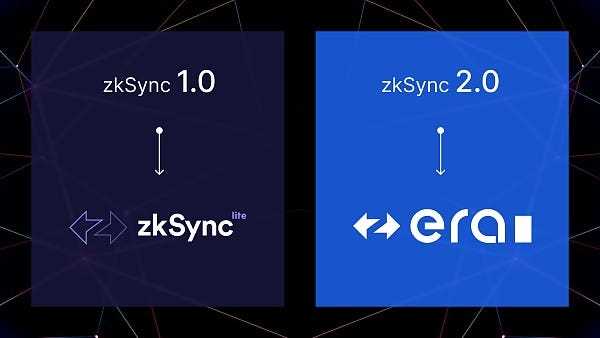
As the Ethereum ecosystem continues to grow, scalability and interoperability have become crucial aspects for projects looking to expand their reach and provide seamless user experiences. Orbiter Finances is a platform that aims to solve these challenges by integrating with multiple Layer 2 solutions, namely zkSync, Arbitrum, and Polygon.
zkSync is an Ethereum Layer 2 scaling solution that uses zero-knowledge proofs to ensure fast and secure transactions. By implementing zkSync, Orbiter Finances can significantly reduce transaction costs and improve the overall user experience. Users will be able to deposit and withdraw funds from Orbiter Finances with minimal fees and wait times.
Arbitrum, developed by Offchain Labs, is another Layer 2 solution that aims to improve Ethereum’s scalability. With the integration of Arbitrum, Orbiter Finances can offer users faster transaction confirmations and lower gas fees. This integration will enable Orbiter Finances users to interact with the Ethereum network seamlessly while enjoying the benefits of Layer 2 scaling.
Polygon, formerly known as Matic Network, is a Layer 2 scaling solution that provides Ethereum-compatible infrastructure and tools for building decentralized applications. By integrating with Polygon, Orbiter Finances expands its compatibility and opens up new opportunities for its users. They will be able to leverage Polygon’s fast and low-cost transactions while accessing Orbiter Finances’ innovative features.
The Multichain integration of Orbiter Finances with zkSync, Arbitrum, and Polygon demonstrates the platform’s commitment to providing users with a variety of options for interacting with the Ethereum ecosystem. This integration allows users to choose the scalability solution that best suits their needs, whether it’s zkSync’s zero-knowledge proofs, Arbitrum’s fast confirmations, or Polygon’s Ethereum compatibility.
Overall, Orbiter Finances’ Multichain integration with zkSync, Arbitrum, and Polygon brings significant benefits to users, including reduced transaction costs, faster confirmations, and improved scalability. By embracing these Layer 2 solutions, Orbiter Finances sets itself apart as a versatile platform that prioritizes user experience and accessibility in the Ethereum ecosystem.
Overview of Multichain Integration
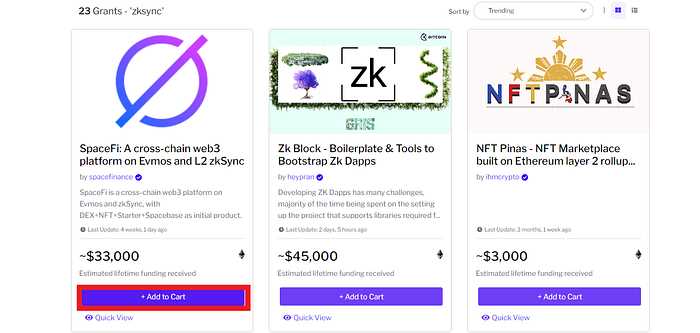
Orbiter Finance has implemented a comprehensive multichain integration strategy to leverage the benefits of various blockchain networks. This approach allows Orbiter Finance to expand its services and enhance user experience by supporting multiple chains simultaneously.
The multichain integration feature enables users to easily navigate between different blockchain networks and seamlessly interact with various decentralized applications (dApps). Users can take advantage of the unique features and advantages offered by each supported chain, such as scalability, low fees, and interoperability.
Among the integrated blockchains, Ethereum, zkSync, Arbitrum, and Polygon stand out as prominent choices due to their widespread adoption and robust infrastructure. Each blockchain brings its own strengths and capabilities, creating a diversified ecosystem for users to explore and utilize.
Ethereum, being the pioneer in the blockchain space, offers a highly secure and decentralized environment for users to transact and build applications. The integration with zkSync, a Layer 2 scaling solution, enhances Ethereum’s scalability, allowing for faster and cheaper transactions.
Arbitrum, another Layer 2 solution, brings additional scalability to Ethereum while maintaining full compatibility with existing Ethereum smart contracts. This enables users to leverage the benefits of Ethereum’s infrastructure while enjoying the improved transaction speeds offered by Arbitrum.
Polygon, a popular Layer 2 solution, provides a high-performance environment for developers to build and deploy blockchain applications. Its integration with Orbiter Finance expands the range of services and capabilities available to users, further enhancing the overall user experience.
The multichain integration feature also ensures that users can seamlessly switch between blockchains without losing their assets or compromising security. Orbiter Finance employs robust protocols and security measures to protect user funds and ensure a smooth transition across different chains.
In conclusion, Orbiter Finance’s multichain integration strategy opens up new possibilities for users by supporting multiple blockchains. By leveraging the strengths and benefits of Ethereum, zkSync, Arbitrum, and Polygon, Orbiter Finance offers users a diverse and versatile ecosystem to explore and optimize their financial activities.
Ethereum: The First Multichain Integration
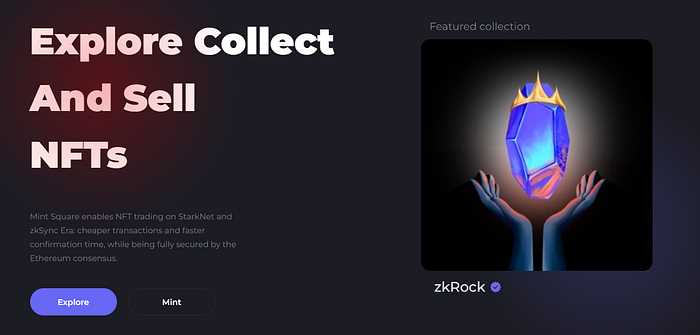
In the world of blockchain technology, Ethereum has always been at the forefront of innovation. Its robust smart contract capabilities and decentralized ecosystem have made it one of the most popular and widely-used blockchain platforms. However, as the demand for scalability and lower transaction fees increased, Ethereum faced challenges in meeting these needs.
Recognizing the importance of addressing these concerns, the Ethereum community embarked on a mission to integrate with other chains to enhance scalability and interoperability. This marked the beginning of Ethereum’s journey into the world of multichain integration.
The first major step in this integration was the introduction of Ethereum’s Layer 2 scaling solution, zkSync. Developed by Matter Labs, zkSync enables fast and low-cost transactions, thanks to its use of zero-knowledge proofs. By moving transactions off the Ethereum mainnet onto a second layer, zkSync significantly reduces congestion and lowers gas fees.
Another notable integration on Ethereum is the integration with Arbitrum, a Layer 2 protocol developed by Offchain Labs. Arbitrum brings the benefits of scalability and low fees to Ethereum, allowing users to seamlessly transfer assets and interact with smart contracts across different chains.
Additionally, Ethereum has integrated with Polygon (formerly Matic Network), a Layer 2 solution that aims to make Ethereum more scalable and user-friendly. With its sidechain infrastructure, Polygon enables faster transactions and lower fees, making it an attractive option for developers and users alike.
These integrations have been a game-changer for Ethereum, as they have increased its capacity to handle a larger volume of transactions and improved the overall user experience. Furthermore, by connecting with other chains, Ethereum has fostered greater interoperability within the blockchain ecosystem, allowing for the seamless transfer of assets and data across different networks.
| Integration | Developer | Benefits |
|---|---|---|
| zkSync | Matter Labs | Fast and low-cost transactions |
| Arbitrum | Offchain Labs | Scalability and low fees |
| Polygon | Polygon | Faster transactions and lower fees |
In conclusion, Ethereum’s journey into multichain integration has been a significant milestone for the platform. With the introduction of scaling solutions like zkSync, Arbitrum, and Polygon, Ethereum has enhanced its capabilities and improved its scalability, making it even more attractive to developers and users alike.
zkSync: Enabling Fast and Scalable Transactions
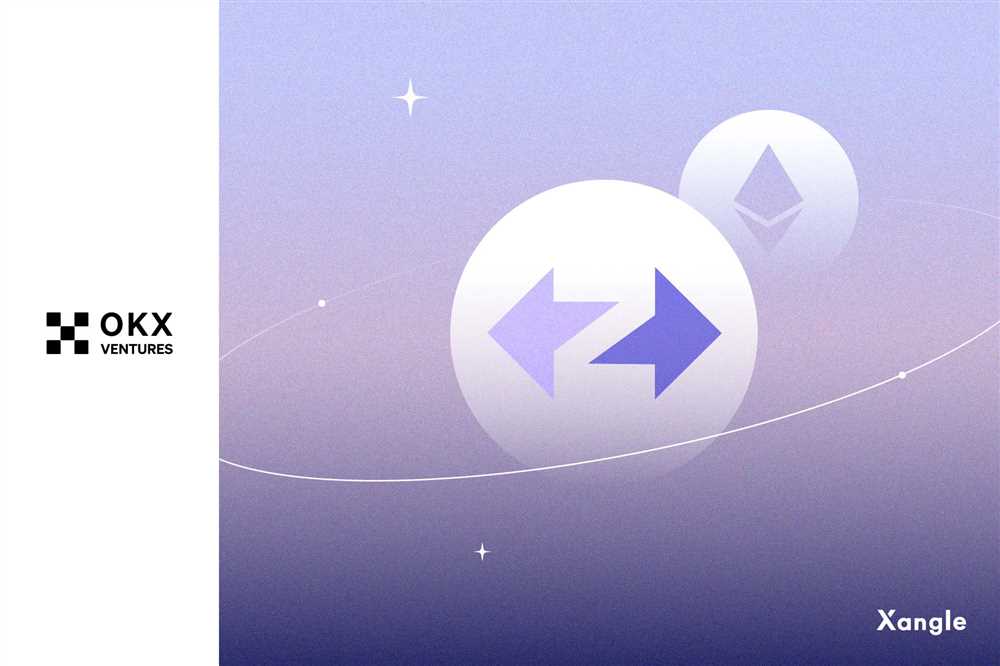
zkSync is a layer 2 scaling solution that provides fast and scalable transactions on the Ethereum blockchain. It addresses the challenges of high fees and slow transaction speeds by implementing zero-knowledge proofs.
Zero-knowledge proofs allow zkSync to compress multiple transactions into a single proof, which is then submitted to the Ethereum blockchain. This significantly reduces the computational load required to process each transaction, resulting in lower fees and faster transaction speeds.
With zkSync, users can enjoy near-instant transaction confirmations, as well as significantly reduced transaction costs compared to using the Ethereum mainnet. It also enables developers to build decentralized applications (dApps) that can handle a high volume of transactions without sacrificing security or decentralization.
zkSync achieves its scalability by batching transactions together and processing them off-chain. Batches of transactions are then submitted to the Ethereum blockchain as a single proof, reducing the number of interactions with the Ethereum network and improving efficiency.
In addition to scalability, zkSync also prioritizes security. It ensures that all transactions are validated using zero-knowledge proofs, which mathematically prove the validity of the transactions without revealing any sensitive information. This allows users to trust the integrity of the system without compromising their privacy.
Overall, zkSync is a promising solution for improving the scalability and usability of the Ethereum blockchain. By enabling fast and scalable transactions, it has the potential to accelerate the adoption of decentralized applications and make blockchain technology more accessible to a wider audience.
Arbitrum and Polygon: Expanding the Multichain Integration
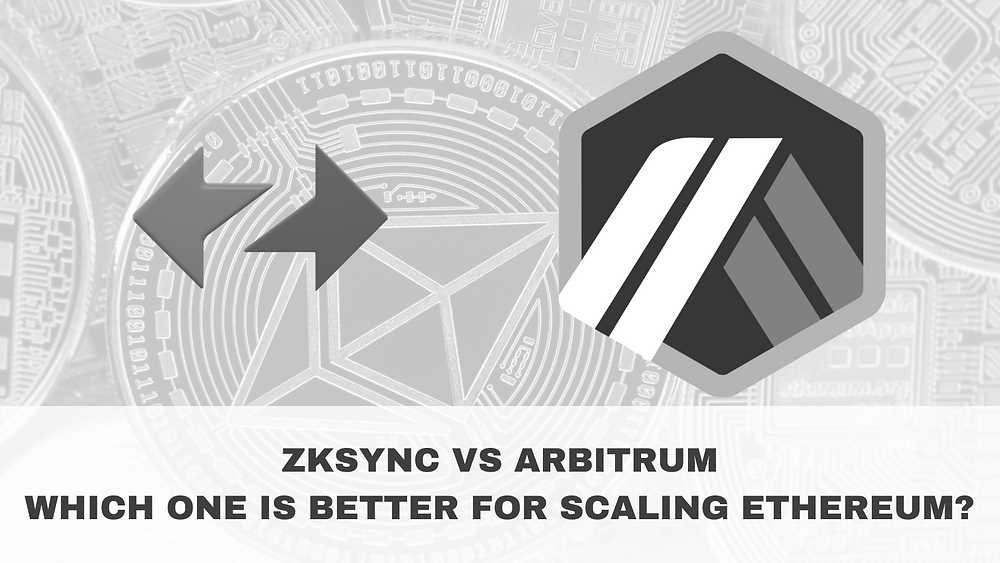
Arbitrum and Polygon are two popular layer-2 scaling solutions for the Ethereum network. Both platforms aim to address the scalability issues faced by Ethereum, allowing for faster and cheaper transactions.
Arbitrum is a Layer-2 protocol developed by Offchain Labs, which provides significant scalability improvements to Ethereum. It achieves this by utilizing optimistic rollups, a technique that allows for offloading most computation and storage to the Layer-2 network while still maintaining the security guarantees of the Ethereum mainnet.
Polygon, formerly known as Matic Network, is a Layer-2 scaling solution that offers fast, low-cost, and secure transactions on the Ethereum network. It achieves this by utilizing a combination of various scaling techniques, including sidechains, Plasma, and state channels.
Both Arbitrum and Polygon have gained significant attention and adoption in recent years due to their ability to alleviate congestion and high gas fees on the Ethereum network. This has led to a surge in DeFi projects and applications leveraging these solutions to provide a better user experience.
By integrating with Arbitrum and Polygon, Orbiter Finance aims to expand its multichain capabilities and provide users with the option to transact on different Layer-2 networks. This integration will enable users to take advantage of the benefits offered by both platforms, including faster transaction times and lower fees.
| Arbitrum | Polygon |
|---|---|
| Utilizes optimistic rollups | Utilizes sidechains, Plasma, and state channels |
| Enables fast and cheap transactions | Enables fast and secure transactions |
| Provides scalability improvements to Ethereum | Alleviates congestion on the Ethereum network |
By leveraging the strengths of both Arbitrum and Polygon, Orbiter Finance aims to provide a seamless and comprehensive multichain experience for its users. This integration will allow users to choose the most suitable network for their specific needs, whether it be based on transaction speed, cost, or security.
The expansion of Orbiter Finance’s multichain integration to include Arbitrum and Polygon further solidifies its commitment to providing users with a diverse and optimized blockchain experience. With the continued growth and adoption of layer-2 solutions, the Ethereum ecosystem is becoming more robust and scalable, enabling a wide range of decentralized applications to thrive.
Q&A:
What is zkSync?
zkSync is a layer 2 scaling solution for Ethereum that aims to provide high throughput and low fees through the use of zero-knowledge proofs.
Can you explain the Multichain integration provided by Orbiter Finance?
Orbiter Finance has integrated with multiple chains including Ethereum, zkSync, Arbitrum, and Polygon, allowing users to easily transfer assets between these chains and take advantage of different features and benefits offered by each chain.
What are the benefits of using a multichain integration solution?
By using a multichain integration solution, users can leverage the unique features and benefits offered by different chains. They can also take advantage of the scalability and low fees provided by layer 2 solutions like zkSync, Arbitrum, and Polygon. Additionally, multichain integration allows for efficient cross-chain asset transfers, making it easier for users to manage their assets across multiple chains.

